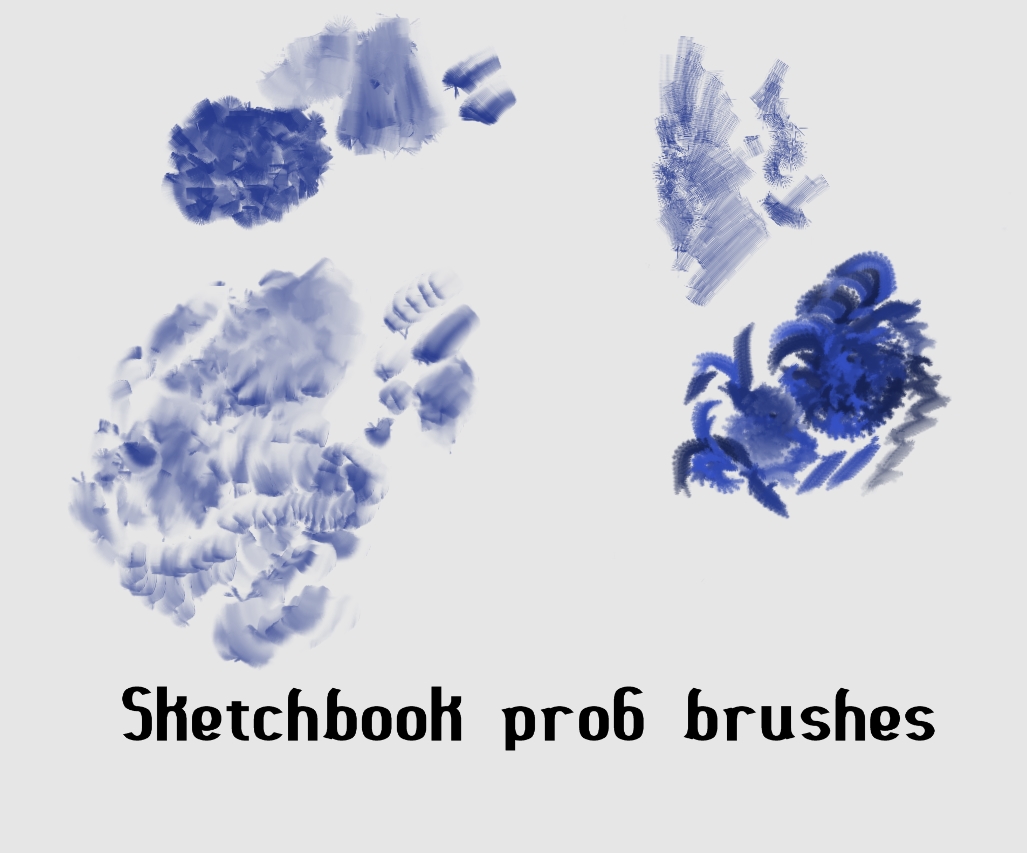

The device you are using, as well as the version of SketchBook Pro you are running, will determine the brushes and tools available.
#Autodesk sketchbook free brushes inktober how to
INFORMATION: If you have custom icons you’d love to assign to your custom brushes, check out How to create texture icons.Ĭustomizing brushes in SketchBook Pro Mobile For adding color randomization, see How to randomizing color. See Brush Properties for help on customizing various aspects of a brush.


To have the brush randomly changed opacity as you lay down strokes, see Randomize. To make a bigger marker, set the opacity lower and the brush stamp spacing lower.Ĭhange the opacity – In the Advanced tab, set opacity to vary brush opacity as the stylus pressure changes. To resize a marker, try adjusting its opacity and stamp spacing. The brush size values are a rough approximation of pixel size, but can vary.įor example, if lines are too thin to be drawn on the screen, they default to being wider. In the Basic tab, make changes to its Size to vary its brush thickness as the stylus pressure changes. Once you create a Do-It-Yourself brush, double-tap the icon to open Brush Properties and do the following:Īdjust the pressure sensitivity – In the Advanced tab, set brush radius and opacity according to the amount of pressure applied to the stylus. A Do-It-Yourself Brush icon will appear in your brush set. Select a brush type to base your new brush on. Customizing brushes in SketchBook Pro DesktopĬheck out this video on How to create custom brushes.Ĭreate more brushes by copying a brush and changing its setting or creating a Do-It-Yourself brush. You can customize your brushes and save them. Yet, many still tweak the Pencils and Pens to their style. Many users find they use the default Erasers, Flood Fill, Solid Paint Brush, and Airbrush. However, you may want to add to the existing custom brush sets in the Brush Library by creating new brushes to suit your purposes. See Hiding the UI while you draw for more instruction.The brushes we ship with SketchBook Pro are great and you can do almost anything with them. If your UI is hidden, tap the Trigger to access the Brush Library.

Tap at the top of the Brush Palette to access the Brush Library and an assortment of brush sets.Brush Menu - access advanced brush options including importing new brushes.tive, and to Pin that brush set to the Brush Palette.Active Brush - tap a brush in the set to make it ac.The device you are using, as well as the version of Sketchbook you are running, will determine the features you see in the Brush Library. Using the Brush Library in Sketchbook for mobile devices Delete Brush – Permanently remove a selected brush.Copy Brush – Create a duplicate of a selected brush and add it to the selected brush set.New Brush – Create a new brush and add it to the selected brush set.Pin Set To Palette – Replaces the Brush Palette brushes with the selected set’s brushes.Delete Brush Set – Remove the selected brush set from the Brush Library.Import Brush Set – Load a brush set file into the Brush Library.Export Brush Set – Share brushes with people working on different platforms.New Brush Set – Create a new brush set.When you tap-hold it, brush options appear. When you tap within a brush set, appears. Label your brush sets to help identify them. Import and use brush sets created by others. Export sets for others to use or save them to an external drive. Name of the active brush and set it is inĬreate custom sets to group and manage brushes.In the Brush Palette, tap to access the Brush Library. Using the Brush Library in Sketchbook Pro for desktop In Sketchbook Pro on desktop, you can also import new brush sets from the Sketchbook Extras page, and create Do-It-Yourself brushes. The Brush Library contains an assortment of default brush sets.


 0 kommentar(er)
0 kommentar(er)
